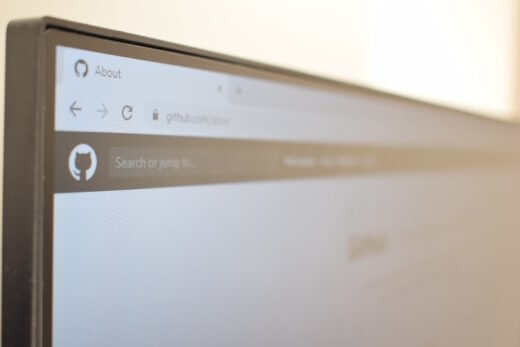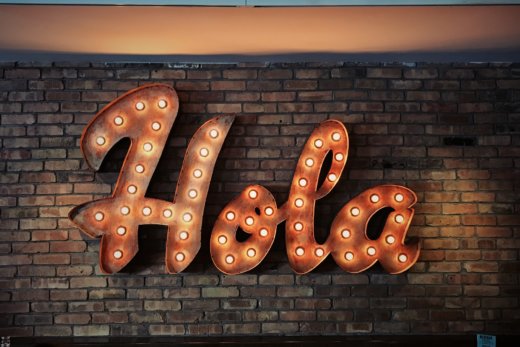“What you can learn at a Hackathon”
A month ago I started a club at ArtCenter, its purpose was to assemble trans-disciplinary teams of designers and artists to attend hackathons. This past weekend, two teams from ArtCenter attended SD Hacks 2019 along with 800+ other students from all over southern California. This three-day trip was almost completely paid for between my SLED grant and the club stipend provided by the Center for Student Experience. We were able to hack away in an Airbnb closeby, which gave us the wall space needed to put up a couple of hundred Post-It notes and the space to conduct remote testing. Both teams from ArtCenter placed in the ActivBody Challenge, taking two of the hackathons’ 15 awards. I am grateful for what this experience has taught us in terms of what we are capable of as well as validating and putting to use what we have learned. Each member of our 2 teams received an educational grant and an offer to intern at ActivBody.
As Interaction Designers at ArtCenter, we are taught a process. Multi-step research exercises along with the iterative process needed to create a great system. Our steps included lean canvas, affinity diagramming, competitive research, posture analysis, blob scenarios, and user journeys. But how do we condense a 14-week class plan into something executable in 36 hours with three teammates? Five of us 4th-term students came up with our own research plan and design criteria. We divided and conquered and managed to do three card sorts and user tests despite the time crunch. The three first-term students who came with us had just completed their first 7-week abbreviated project in groups for IxD 101. Thinking that this might be an issue going in, I was unsure about what work they should be doing. I was wrong —when crunch time hit, they were amazing and their insights helped shape the work that we produced. I learned to allow them to run with it instead of holding in the reigns. Before the hackathon, we prepared a Trello board checklist along with channels in Slack and Google Drive. Keynote Collaborate and Figma played a huge part in our being able to work seamlessly.
So we didn’t code a single line at this hackathon, but both teams took a risk and decided that it would be better to thoroughly research the topic and design the solution with 80% of the time instead of jumping straight in. This experience helped cement my desire to become a User Experience Researcher after I graduate ArtCenter.



